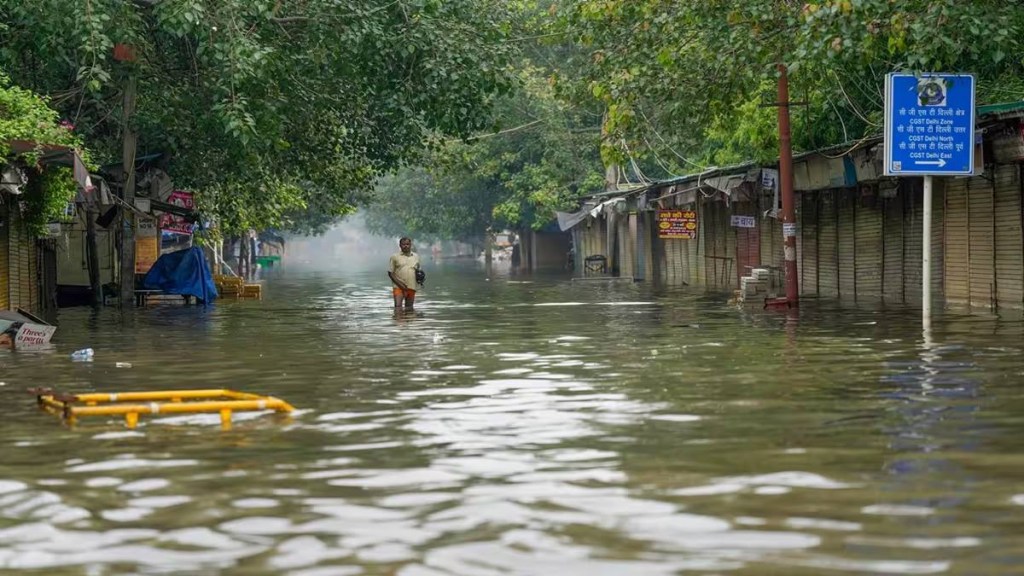The raging Yamuna breaching its embankments and inundating low-lying parts of New Delhi is no doubt a wake-up call for policymakers to deal with the threat of urban flooding on a war-footing. Such extreme events are impacting metropolitan India with greater frequency: Hyderabad (2000), Mumbai (2005), Leh (2010), Uttarakhand (2013), Srinagar (2014), Chennai (2021), and Bengaluru (2022), among others. Metropolitan India is woefully unprepared for such unusual events due to poor urban planning, including mismanaged drainage and sanitation systems. The runaway pace of urbanisation has resulted in a frenetic pace of house and road-building, encroaching upon lakes, ponds, and wetlands. Over 300 water bodies have disappeared due to illegal construction in Chennai. Construction on lake beds in Bengaluru resulted in flooding last year. It is the disastrous encroachment of Yamuna flood plain that is responsible for the current inundation. A report by the NGO Wetlands International South Asia has stated that for every 1 sq km of increase in built-up area, Indian cities lost 25 hectares of wetland over the last four decades. Natural wetlands retain large volumes of water, which makes them important for combatting floods. The upshot is that encroachment on water bodies should stop immediately.
Clearly, metropolitan India needs to be better prepared for flooding episodes. Flood-resilient infrastructure is the need of the moment. All this talk of smart cities can wait as metropolitan India needs to upgrade its drainage and rainwater harvesting facilities before the monsoon arrives. The lack of risk-proof spatial and urban planning that can check uncontrolled housing expansion on lake beds and wetlands needs to be addressed. Gaps in the civic administration need to be plugged. Many of the concerned departments are highly prone to corruption. Tamil Nadu has spent thousands of crores of rupees on storm drainage projects but it has gone down the drain. In Chennai, there is a need to maintain rivers and canals which can absorb the flood water. The travails of flood-hit Delhi call for a similar policy response as rampant infrastructural creation in and around the National Capital Region overlooked the supportive drainage and sanitation network. There is rampant construction in low-lying satellite areas, which act as natural aquifers. Two-thirds of development in Delhi is in high water recharge potential zones, according to a report in the Business Standard. All of this entails the imperative of better urban governance and planning to minimise the threat of destructive flooding episodes.
Metropolitan India also needs a robust early warning system to respond to floods. The chief of the India Meteorological Department, Mrutyunjay Mohapatra, has stated in interviews to the media, including this newspaper, that there is scope to improve forecasting for urban flooding. To provide advance information about such events, the IMD chief said there is a need to install more Doppler radars than the 37 that are currently in operation, to at least 67 all over the country by 2025. The IMD also has access to two satellites, from which data are received every 15 minutes and analysed every three hours which improve IMD’s capabilities to forewarn cities to be better prepared to deal with flooding. All of this—together with the considerable amount of data with IMD and state governments regarding which urban areas are prone to flooding—should enable them to take the necessary steps to reduce the suffering of people.
